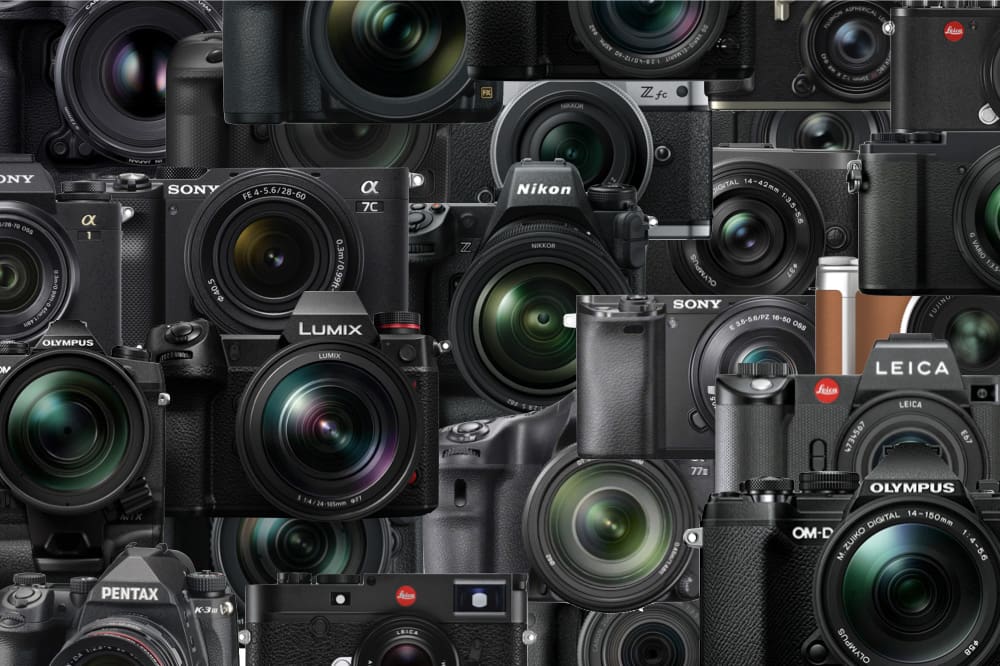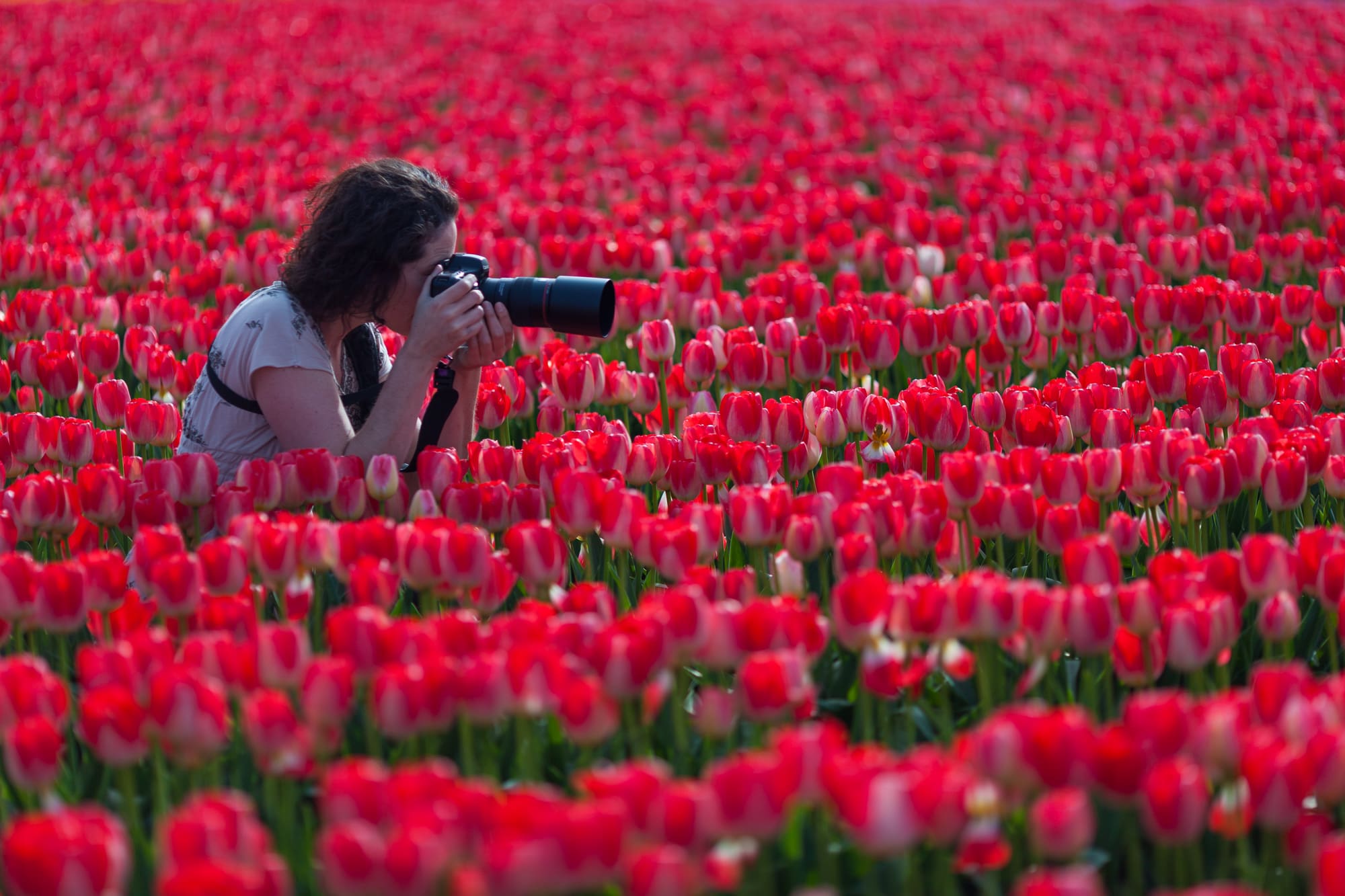I’m proud to announce the release of my latest, and quite possibly the most important class to-date: Photography Essentials. I say this because the concepts in this class are the most important elements to fully understand in order to create successful photographs.
Most all photographers, and I’m guessing most people reading this article, likely have a modest to reasonable understanding of photography’s core principles. However, having interacted with many photographers in person via classes, workshops, and tours, I’m frequently surprised by experienced photographers that have notable gaps in their photographic knowledge.
The information in this class is what I think all photographers should know. I understand that becoming a “self-taught” photographer is something that sounds like an appealing way to identify oneself. There aren’t strict rules in this field, you can follow any path you want and experimentation is a great way of gaining knowledge. However, wandering the photographic landscape, experimenting with this and that, leaves a lot of undiscovered country.
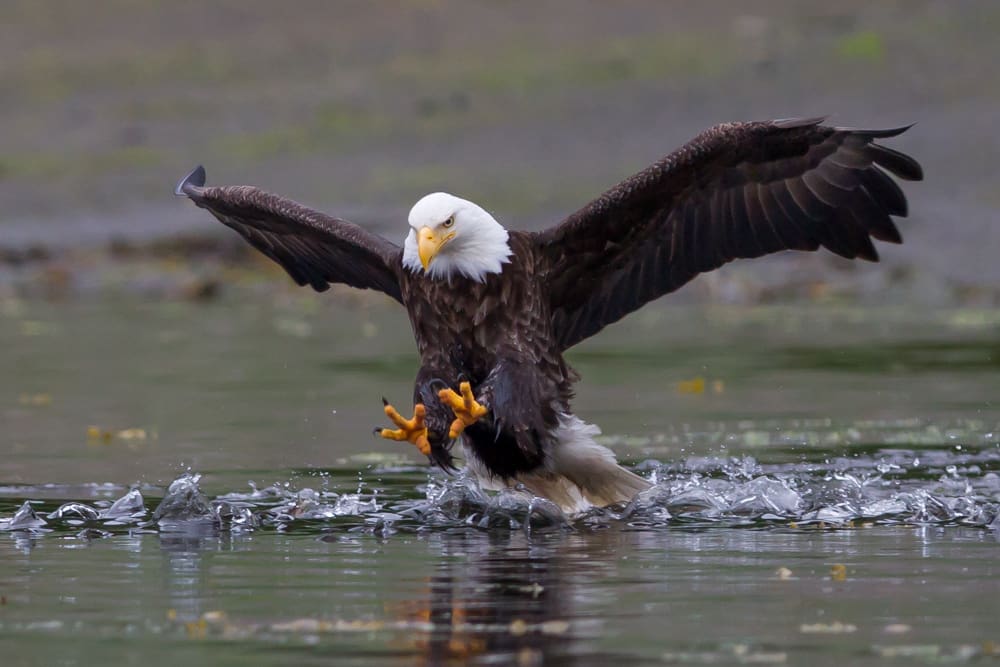
Origins
I first started teaching photography because of Art Wolfe; world renowned wildlife, landscape, and travel photographer, and my employer at the time. Art had a studio with a classroom that he wanted to fill out with a variety of instructors and classes. He wanted a class that covered the core principles of photography and thought I was the guy to teach it. I didn’t jump at the idea straight away because I wasn’t sure that I was qualified to teach others. While I had a university degree in photography and about 20 years of experience, I had no formal teaching credentials and had never taught a single class.
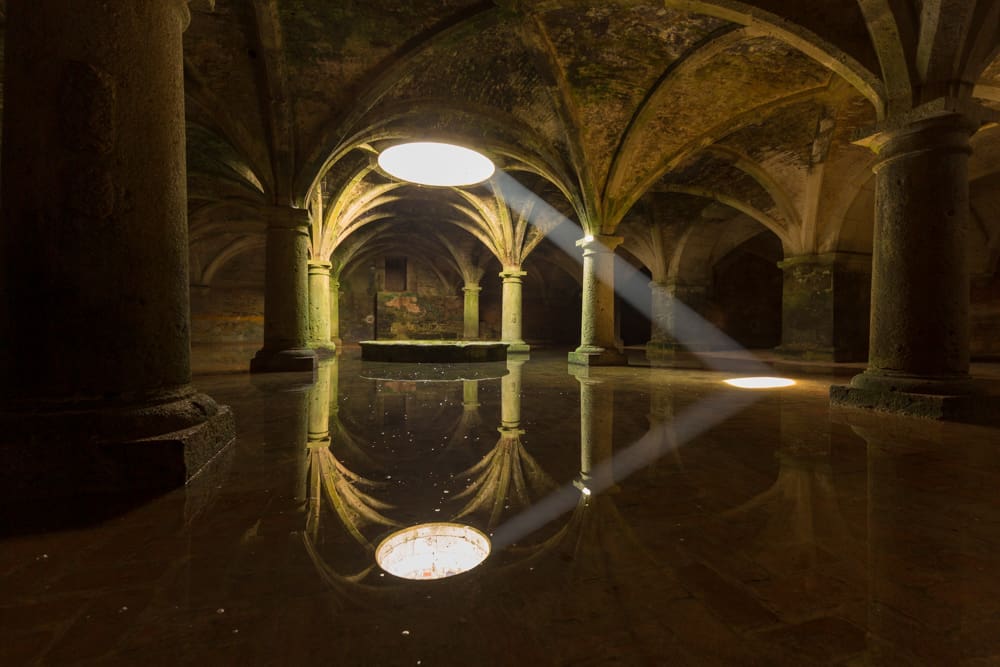
Thinking back to my photographic schooling, I wasn’t very impressed with my instructors or their classes. I felt that the concepts could have been presented much more clearly if done so in a different style. I thought that if I were to design a photography class, it would be something that would appeal to the frustrated student that I clearly remember being.
As I mulled over the idea of teaching, I started thinking about how I would want to present the necessary material. I started tinkering around with graphics programs to see if I could put my ideas into a visual format. The key concept that I was developing was creating a photography class that was a visual learning experience. I wanted it so visually compelling that if you could keep your eyes on the screen, you couldn’t help but learn the material.
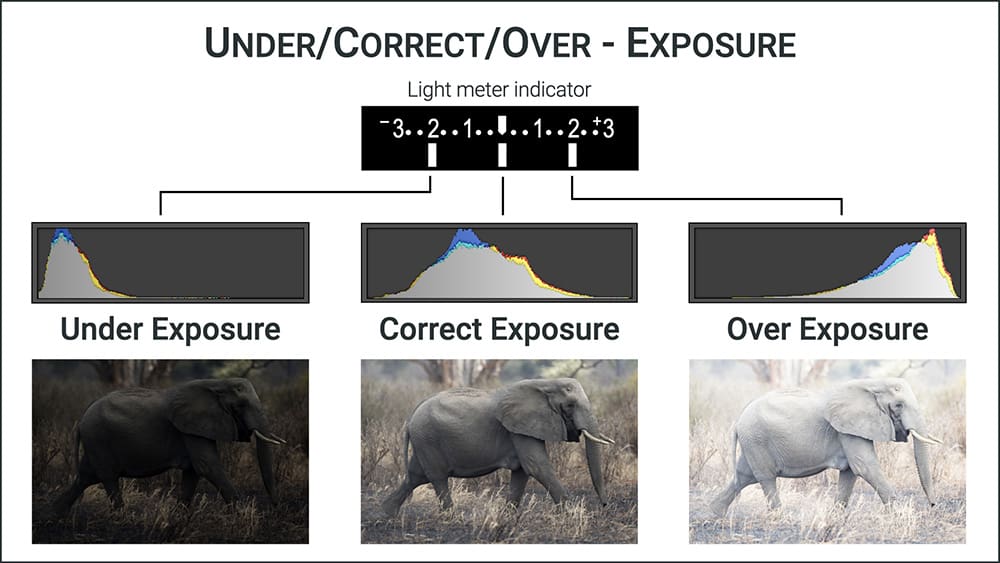
Deciding to go ahead with the class, I spent months putting together what can be considered the original version of “Photography Essentials”. I started creating visuals in Apple’s Keynote program to illustrate photography’s key concepts. When I presented my first class on February 28, 2009, I was told by the students in the class that it was much different from any class they had taken in the past. The 12 paying students gave me high marks for the class, but I could see lots of room for improvement.
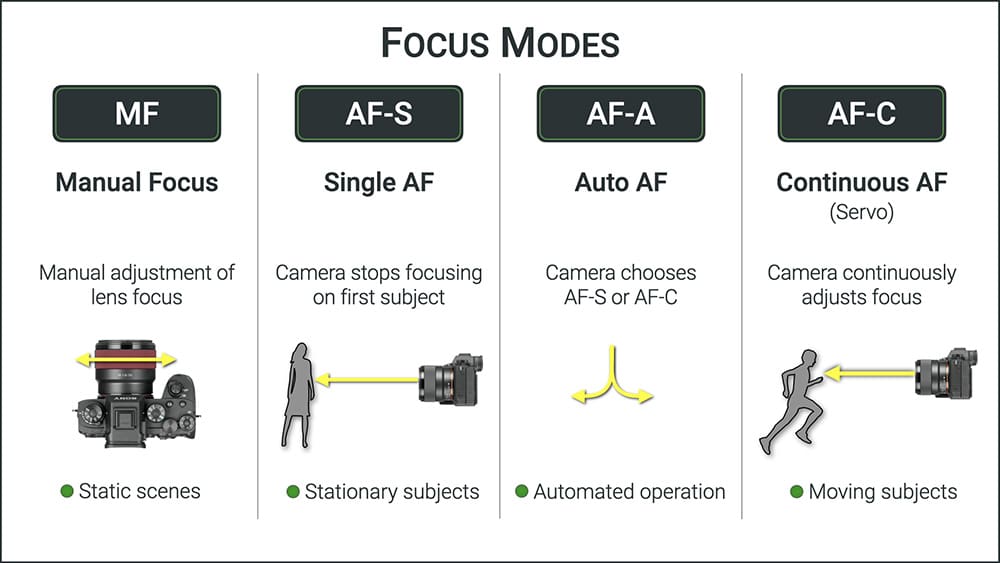
I realized that a few of my lesson plans didn’t come off as I’d intended. I treated every student question as an indication that something about the material wasn’t as clear as it should be. So back to the drawing board I went; I tore up large sections of the class and remodeled them.
Ever Improving
After four weeks of renovating the class material I returned to teach the class again to a new crop of students. This class was also well received, but I saw new gaps in the concepts that needed fixing. I dumped more hours into reconfiguring the material and the visual presentation by illustrating more ideas.
This core photography class has now been going through more than a decade of development. I’ve taught the class in numerous locations to many hundreds of students for in-person classes. The changes I would make after each class came about because of three sources: student questions and comments, changes in technology, and my evolving understanding of photography and how best to teach it.
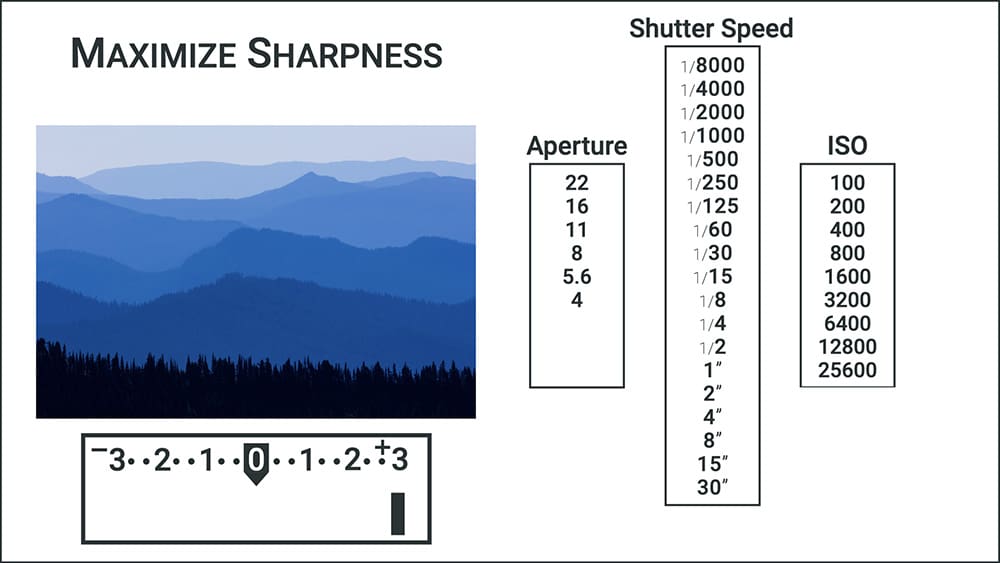
Every time I teach to a live audience, I learn something new. Over the years, as I presented each class I would take notes on any areas where there seemed to be friction in the learning. After class I’d come straight home and implement as many of the changes as I could while they were fresh in my mind. I don’t want to admit to how many times I thought I was “done” developing this class.
CreativeLive & Fundamentals of Photography
During the early development of this class I started working with, the then startup company, CreativeLive. They liked my early version of this class, but wanted it extended to fill a larger time slot. I was more than happy to include more material into an ever-increasing larger version of the class that would eventually go on to be called “Fundamentals of Photography”.
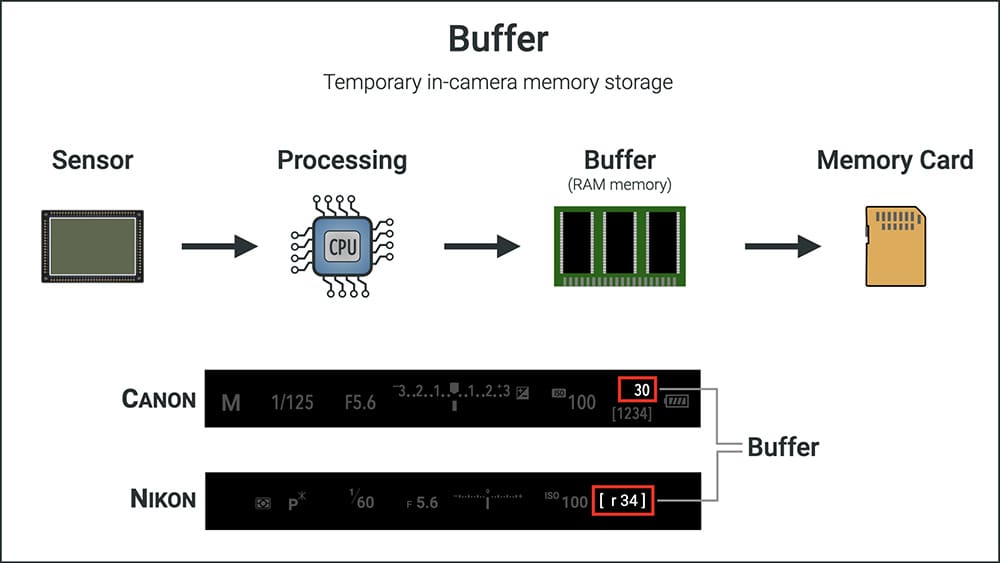
Over the years I’ve taught nine different versions of the popular “Fundamentals of Photography”; the last being in 2018. This expanded photography class is special to me because it’s the class that I get to throw everything, including the kitchen sink at. The downside is that it became my personal monster; it was 25 hours in length. It would take me months of work to upgrade one version to the next. While this class is great for anyone “really” into photography, it was a bit too much information for anyone who just wanted a good class on the essential elements.
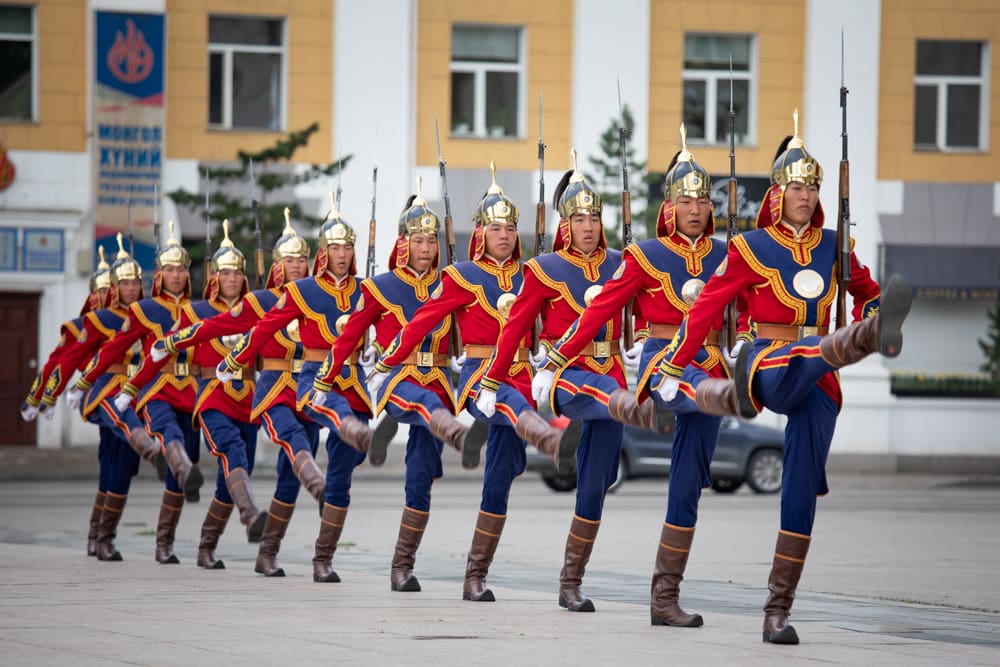
If you have seen my most recent “Fundamentals of Photography” from 2018, this new class does cover many of the same concepts. I’ve made a lot of changes and swapped out many, if not most, of the examples so that the class has a new look and feel to it; giving the viewer new learning opportunities. There’s also updates to a number of sections to keep up with the ever-changing technology of photography. I’ll be very honest with you and say that if you have my “Fundamentals” from 2018, this class is not a must-have. However, no matter what photography class of mine you might have, I’ve tried to make this class something everyone can find valuable.
The Starter Kit
CreativeLive knew that the enormity of the Fundamentals class was too much for someone just testing the photographic waters. They wanted a shorter class to appeal to the new photographer. I said great, I have the perfect class, it’s about 6 hours in length and I’ve been honing it for years. They countered that they wanted something even shorter, perhaps 2 hours. I didn’t think that 2 hours was enough to cover the essentials in the way that I thought was right, but that I would do the best I could, considering the time constraints.
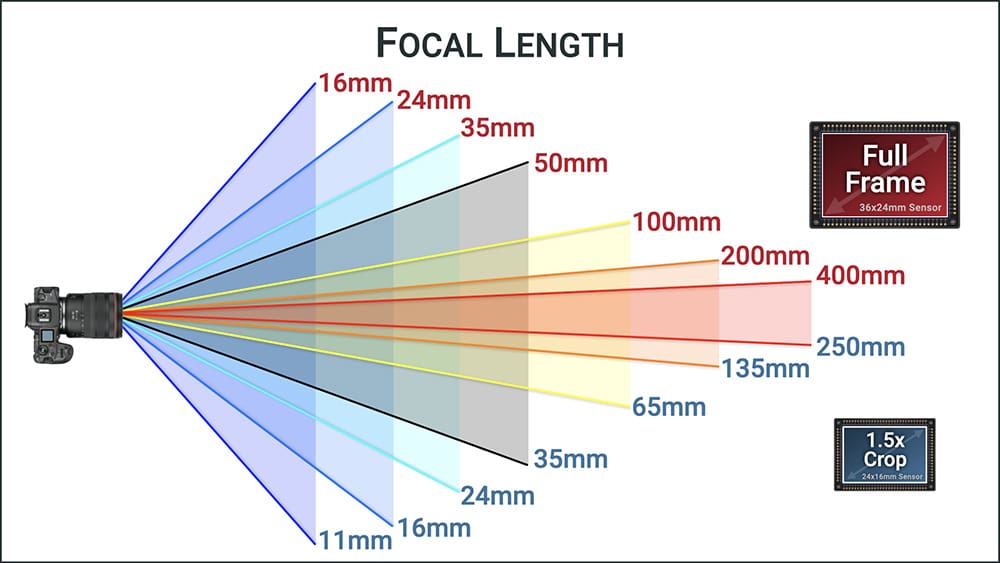
I had to cut a lot of corners to take my class down to 2 hours. As I taught the class I felt a bit guilty, it seemed that I was leaving a lot of important information out; but the student’s loved it, as did CreativeLive. While it’s one of my most popular classes to-date, it’s a class that I have had an uneasy relationship with. I think I have a better understanding of how a movie director feels when their 2.5-hour epic drama is cut down to 90 minutes by the studio heads. Over the years I recorded three different versions of it, extending the coverage of each version, but never to what I thought was enough.
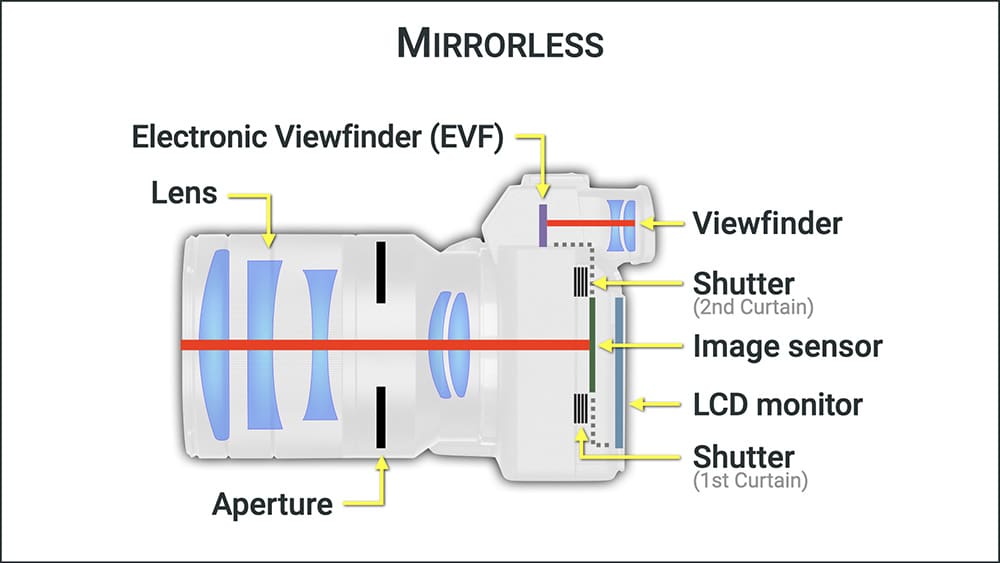
For those that wonder how this new class compares with past “Photography Starter Kit” classes: this new class covers more topics, is more in-depth and has been updated to look more closely at photography from a mirrorless camera point-of-view.
The Sweet Spot
In life, I’ve found that there are two sweet spots for activities, hobbies, and passions. One option is to throw everything at it and do it as well as you can, and the other is to simply achieve a level of efficiency so that you can enjoy it.
Skiing is one of those things that I enjoy, but don’t love. Over the years I have achieved a level of efficiency at it. I’m by no means a great skier, but I’m good enough that I can enjoy it. I can get on and off the lifts without making a spectacle of myself, I can make it down big hills without falling, and I can even go pretty fast if I want. My form isn’t perfect and there are some slopes I don’t care to go down, but I can go out and enjoy a day on the slopes.
The learning curve to achieve a level of efficiency is very different depending on the activity. The Photography Essentials class is in my mind, the perfect class to help reach that level of efficiency in the photography world. While photography can be enjoyed in a blissful ignorance stage – I have fond memories of my time in that stage – it really reaches a high enjoyment level when you know your way around the tools and have confidence in returning home with quality images, rather than just hoping you will.
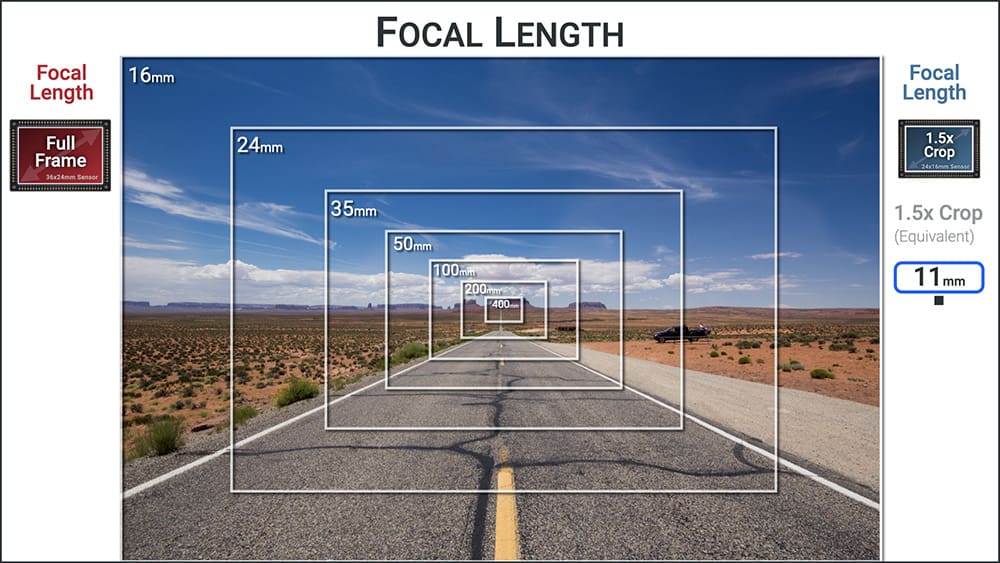
We all follow a different path with different goals in photography. To get the most out of it, you need to put something into it. Achieving that level of efficiency in photography requires a bit of education and a bit of experience. If you feel that you need or want a bit more education, this class will likely be a good fit for you. Even if you feel very confident on where you stand, you might be surprised at blind spots you don’t even know that you have. Like many of my other classes there is a free preview option if you’d like to just check it out first. Anyone can access it; all you need is an email address.

Going Forward
As we continue to add more and more classes to the new John Greengo Photography catalog, this class – “Photography Essentials” will be our recommended core photography class. With our other classes – such as our Complete Camera Guides, Composition Essentials, and Tilt Shift Photography – we expect that most people will be familiar with the concepts in “Photography Essentials”.
There are many more classes planned for the remainder of this year and beyond. We have organized a whole collection of classes with a development schedule extending into 2025. Starting with this year, there are some much requested camera classes (Sony A7IV, Canon R3, Nikon Z9) that I have on my to-do list. You’re also likely to see a couple of photography classes taking a deeper dive into particular photography concepts. Further down the road we may see an updated version of the all-encompassing Fundamentals class, but that’s a ways off.
Photography Essentials with be our stake in the ground where all future classes will extend outward and upward from. If you’ve got a hankering to learn something new, I encourage you to check it out. For those that do get the class, don’t forget to leave a review, your opinion is important us and it helps prospective students in the future. I look forward to hearing your feedback and questions, because nothing helps me make better classes than the inspiration and ideas I get from you.

Become part of John’s inner circle
Sign up for the newsletter here – it’s free.
Want to become a better photographer?
Check out John’s selection of photography and camera classes here.

